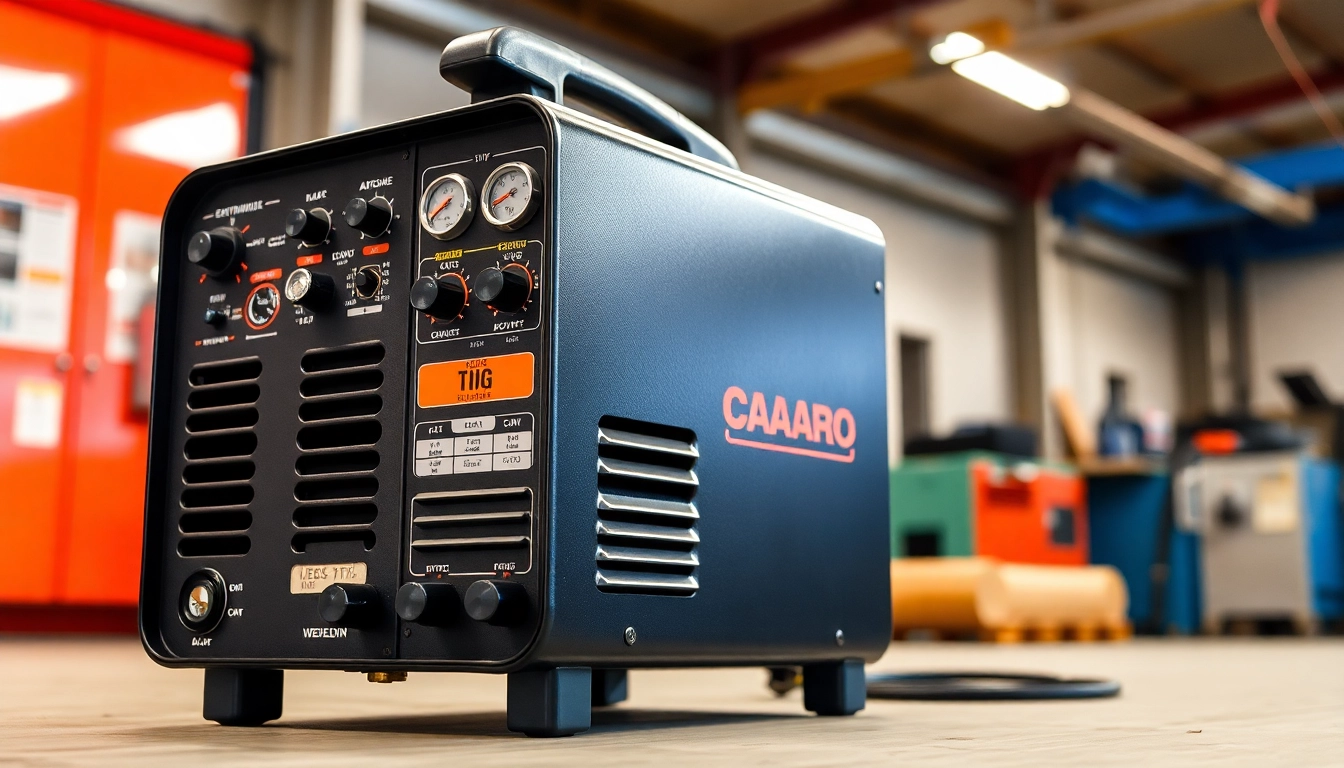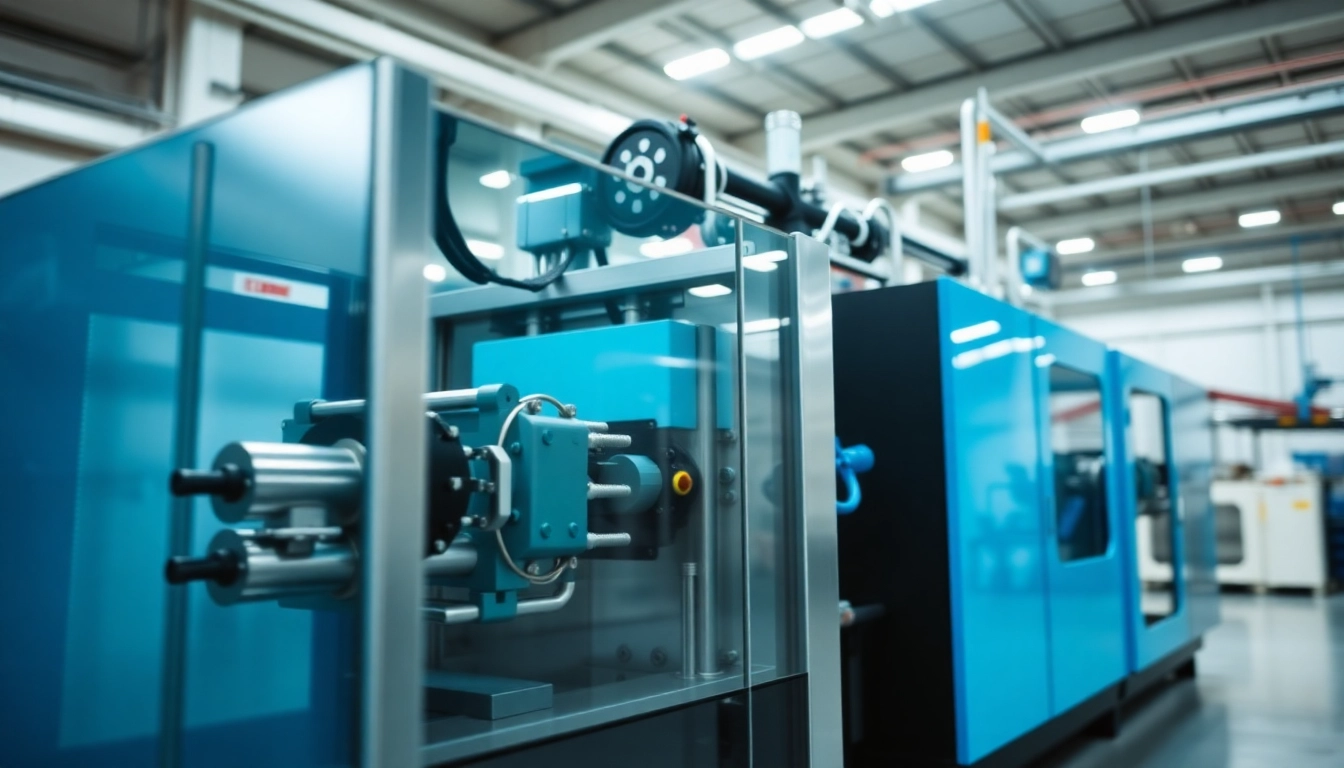Understanding Infusion Resins
What are Infusion Resins?
Infusion resins are specialized low-viscosity resins designed for the composite manufacturing process known as resin infusion or vacuum infusion. This technique involves applying vacuum pressure to draw resin into a fibrous composite material, ensuring uniform saturation and minimal air pockets. Through this method, infusion resins facilitate the production of high-performance composites utilized in a range of industries, from aerospace to automotive.
These resins are engineered to flow easily through fibers, allowing for consistent distribution and thorough wet-out of the reinforcement materials. This infusion process underscores the importance of using the right type of resin, as the quality and characteristics of infusion resins significantly influence the performance of the final composite product. To explore more about infusion resins, you can refer to infusion resins.
Key Characteristics of Infusion Resins
The effectiveness of infusion resins can be attributed to several key characteristics:
- Low Viscosity: This property allows the resin to flow easily through tight spaces and complex geometries, promoting even wet-out and saturation.
- Controlled Pot Life: The working time of the resin is carefully tailored to provide adequate time for mixing, application, and curing without risking premature thickening.
- Compatibility: Infusion resins are often compatible with a variety of reinforcement materials, including carbon fiber, fiberglass, and Kevlar.
- Mechanical Performance: Upon curing, these resins provide excellent mechanical properties, contributing to the overall strength, stiffness, and durability of the composite.
Applications in Composite Manufacturing
Infusion resins find extensive applications across multiple sectors:
- Aerospace: Infusion resins are employed in the production of lightweight composite structures that demand high strength-to-weight ratios.
- Automotive: They are utilized to manufacture parts that require enhanced durability and reduced weight for improved fuel efficiency.
- Marine: Infusion resins are suitable for boat hulls and other components where resistance to moisture and flexibility are crucial.
- Wind Energy: Infusion technology is used to create large-scale wind turbine blades, benefiting from the lightweight and robust properties of composite materials.
Benefits of Using Infusion Resins
Improved Material Strength
One of the most significant advantages of infusion resins is their contribution to enhanced material strength. The infusion process allows for a more complete filling of the fiber reinforcement, resulting in composites that exhibit higher tensile and flexural strengths. The thorough saturation also eliminates resin-rich areas that could lead to weak points in the finished component.
Enhanced Clarity and Aesthetics
Infusion resins facilitate the creation of visually appealing composites. Their clarity enables manufacturers to produce transparent or aesthetically pleasing components, particularly important in applications where visual impact is essential—such as boat hulls, automotive parts, and architectural features. Additionally, the low viscosity of these resins ensures that bubbles and imperfections are minimized during the infusion process.
Controlled Flow Properties
Controlled flow properties allow for precise application techniques, giving manufacturers the flexibility to adapt to various sizes and shapes of composite parts. As infusion resins are engineered for optimal flow dynamics, they can accommodate complex designs and variable thicknesses in the reinforcement materials without compromising quality.
Choosing the Right Infusion Resins
Factors to Consider
When selecting infusion resins for specific applications, several factors should be evaluated:
- Application Requirements: Understanding the environmental and mechanical requirements of the end product is crucial. For example, marine applications may require resins that exhibit high moisture resistance.
- Viscosity: The viscosity of the resin affects its flow characteristics; therefore, matching the viscosity to the infusion process and the fiber fabric is essential.
- Cure Time: The required pot life and cure time should align with the production process; fast-curing resins are suitable for high-throughput environments, while longer pot life resins are better for intricate parts.
- Compatibility: Ensure that the chosen resin is compatible with the desired reinforcement materials to achieve optimal bonding and performance.
Common Types and Their Uses
Different infusion resins can be categorized based on their chemical composition and properties:
- Epoxy Resins: Known for excellent mechanical properties, chemical resistance, and adhesion, epoxy infusion resins are widely used in aerospace and automotive applications.
- Polyester Resins: Generally more affordable, polyester resins are often employed in marine applications and offer good mechanical strength, although they may not provide the same level of performance as epoxies.
- Vinyl Ester Resins: These offer superior chemical resistance compared to polyesters and are suitable for environments exposed to corrosive substances, making them ideal for chemical processing equipment.
Performance Metrics to Evaluate
To ensure the chosen infusion resins meet performance expectations, several critical metrics can be assessed:
- Tensile Strength: Measures the force required to break the material, indicating its load-bearing capabilities.
- Flexural Strength: Evaluates how well the composite can resist bending or deformation.
- Impact Resistance: Assesses how well the material withstands sudden forces or shock loads.
- Water Absorption: Determines the amount of moisture a material can absorb, critical for applications exposed to water or humidity.
Infusion Resins in Advanced Applications
Aerospace Industry Innovations
The aerospace industry continually seeks lightweight materials to enhance aircraft efficiency. Infusion resins play a pivotal role in creating strong, durable components like wings, fuselage panels, and engine components. Innovations focusing on improving the mechanical properties of infusion resins enable manufacturers to produce parts that comply with stringent safety standards while reducing overall weight.
Automotive Composite Solutions
Automakers leverage infusion resins to produce components that minimize weight while maximizing performance. Infusion technology facilitates the creation of specialized parts such as share-bodied panels and lightweight structural components, contributing significantly to improving fuel efficiency and driving dynamics. Additionally, advancements in formulation have led to resins that can withstand extreme temperatures and mechanical stresses typical in automotive environments.
Marine Applications and Benefits
In marine applications, infusion resins are widely adopted due to their ability to create water-resistant, lightweight components that can withstand harsh environmental conditions. The use of infusion resins in constructing hulls and decks leads to significant strength improvements and reduced weight, translating into better performance and fuel efficiency for boats and yachts.
Best Practices for Working with Infusion Resins
Mixing and Preparation Techniques
Proper mixing and preparation of infusion resins are essential to achieving optimal results. Following these techniques can lead to better outcomes:
- Use Accurate Measurements: Measure hardener and resin accurately to ensure the right chemical reaction occurs, avoiding issues such as incomplete curing.
- Mix Thoroughly: Ensure the components are mixed well using professional-grade mixing equipment to promote uniform distribution of the hardener within the resin.
- De-airing: If possible, utilize a vacuum chamber to degas the mixed resin to eliminate bubbles before pouring into the composite mold.
Safe Handling and Storage Recommendations
Safety is paramount when working with chemicals like infusion resins. Adhering to safe handling practices can mitigate risks:
- Personal Protective Equipment (PPE): Always wear appropriate PPE, including gloves, goggles, and masks, to prevent skin contact and inhalation of fumes.
- Proper Ventilation: Ensure the working area is well-ventilated to reduce the accumulation of harmful vapors.
- Storage Conditions: Store resins in cool, dry areas, away from heat sources or direct sunlight to prolong shelf life and maintain effectiveness.
Measuring Performance Outcomes
To evaluate the performance of composites made with infusion resins, implement the following strategies:
- Conduct Standardized Tests: Utilize industry-standard testing methods such as ASTM for measuring tensile, flexural, and impact properties.
- Continuous Monitoring: In production environments, monitor the curing process to ensure quality consistency with temperature and humidity controls.
- Feedback Loops: Incorporate feedback mechanisms from end-users to identify performance issues and improve future formulations.



